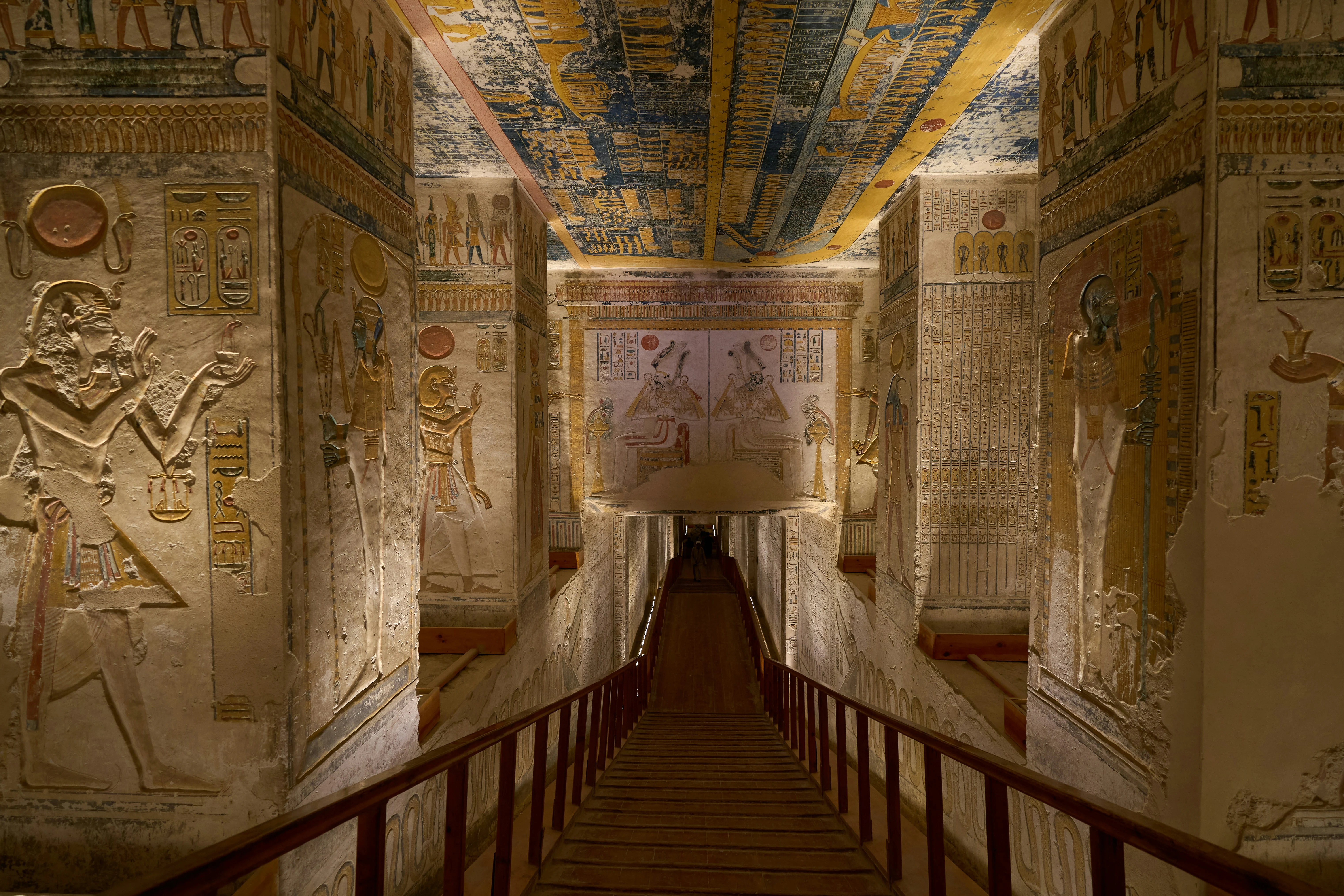
Renaissance in Ancient Egypt
Egyptology has now developed to the point of understanding about the lives of the people diseases food and religious beliefs as well as ancient Egyptian artifacts the long history famous ancient Egyptian kings It has developed the study of ancient Egypt in a specific way Importantly it is mentioned by early classical travelers and references in the Bible Different interpretations of various aspects reflect the attitudes and opinions of many generations of Egyptologists History as the discovery of new evidence has developed the Renaissance constantly revising and revising the conclusions
Hieroglyphics by Jean-François Cham pollion 1790–1832 This achievement enabled Egyptologists to translate and interpret a wide range of religious and secular literature and to understand Egyptian thought and beliefs thus explicating many of the mysteries occupied by travelers and further developing the study of early ancient Egypt The deciphering of the ancient Egyptian records Once the hieroglyphics were deciphered an understanding of ancient Egyptian art and science was gained New antiquities found by chance
The Renaissance in Ancient Egypt The interest developed during the Renaissance to study and interpret Egyptian records temples walls and tombstone texts which led to projects aimed at deciphering the hieroglyphics in existing monuments At first archaeological excavations were treasure hunts not prepared to understand what was found in Egyptian records and artifacts trying to find the relevant archaeological context in Egypt A more scientific approach was used and political measures were taken to stop the excessive export of antiquities from Egypt The limited archaeological evidence of Egyptian gods tombs and temple artifacts still survives better than it has today which has been lost to the use of antiquities
Sometimes the excavation of religious sites in the sacred temples yields additional evidence and results in an unbalanced view of Egyptian civilization The climate and environment in Egypt where excavation is not easy Some parts of Egypt in the northern part of Egypt still preserve monuments and antiquities as they were much less effectively than those found in the southern part
Focusing on productive areas rather than the natural factors that survived as a healthy environment for a given period in history relatively little evidence has been produced. Modern excavations which include pottery analysis dietary surveys paleopathology and carbon dating techniques a clearer picture of the society has emerged. As Egyptology has a long history preserved monuments artifacts literature and human remains it is a good example of what can be learned about ancient civilizations. In the later stages of Egyptian history the archaeological record was absent and the material evidence was destroyed
Sources of classical literature
Classical writings the most reliable source of literary evidence on ancient Egypt to this day make archaeological culture accessible to the layperson. The historical background of ancient Egypt in literature is what gives a more contemporary picture of itself through the study of the data. When hieroglyphics were deciphered in the 19th century ancient texts revealed the contemporary world of Egypt. Today although the classical historical and geographical records are the main sources of information for Egyptologists with caution some of the information is factually correct the classical texts also include information and theories based on hearsay speculation and imagination








